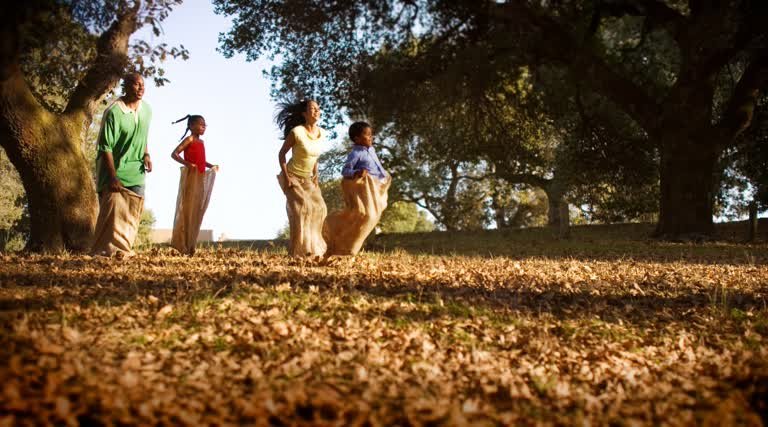Photography is an art form accessible to everyone, yet mastering it requires understanding some fundamental principles. Whether you aim to capture breathtaking landscapes, compelling portraits, or just moments of daily life, certain foundational tips can dramatically improve the quality of your images. This guide is designed to introduce beginners to these key concepts, helping you to take more powerful and engaging photos right from the start!

For beginners, one of the most basic yet powerful compositional techniques in photography is the rule of thirds. Imagine dividing your image into nine equal segments by drawing two equally spaced horizontal lines and two equally spaced vertical lines. Placing your subject along these lines or at their intersections makes the photo more balanced and engaging, drawing the viewer’s eye into the composition.
Take for example an image from our latest gallery, captured in Colombia, composition plays a great part on how the image ends up being perceived by the viewer.
1. Understanding Light – The Heart of Photography
Light is the essence of photography. The quality, direction, and color of light can dramatically affect the mood and impact of your image. Beginners should practice observing how light changes throughout the day and how it interacts with subjects. Experiment with shooting during the golden hour—the first hour after sunrise and the last hour before sunset—when the light is soft and warm, ideal for creating atmospheric and visually appealing images.
2. Use of Perspective – Adding Depth and Interest
Changing your perspective can transform an ordinary scene into an extraordinary photograph. Don’t hesitate to move around: shoot from high above, get down low, or find an unusual angle. This approach can reveal stunning details, create a sense of depth, and make your images stand out.
3. Focus on Composition – Beyond the Rule of Thirds
While the rule of thirds is a cornerstone of good composition, other techniques can also enhance your photographs. Look for leading lines, patterns, and textures that guide the viewer’s eye through the image. Experiment with framing your subject using natural or architectural elements to draw attention to the focal point.
4. The Importance of Patience – Waiting for the Right Moment
Great photography often requires patience. Waiting for the perfect lighting, for a crowd to clear, or for a bird to fly into the frame can make the difference between a good photo and a great one. Learn to enjoy the process and be ready to capture the moment when it arrives.
5. Post-Processing – Enhancing Your Photos
Post-processing is a powerful tool for photographers to enhance and correct their images. Beginners should familiarize themselves with basic editing techniques such as adjusting exposure, contrast, and color balance. Remember, the goal is to improve the photo without making it look overly processed.
6. Good Inspiraton
Finding inspiration is just as crucial as mastering the technical aspects of photography. Inspirational work can ignite your creativity, introduce you to new styles, and provide valuable learning opportunities. We encourage you to explore our gallery and our other perspectives for a wealth of inspirational content. From breathtaking landscapes to captivating portraits, our curated collections showcase the possibilities that await you on your photographic journey. Let these images spark your imagination and push the boundaries of your creativity. Remember, every great photographer started somewhere, and with the right mix of inspiration, knowledge, and practice, there’s no limit to the heights you can achieve.
Photography is a journey of continuous learning and experimentation. By mastering these basic techniques, you’ll not only improve the quality of your photos but also develop a deeper appreciation for the world around you through the lens of your camera. Keep practicing, stay curious, and don’t be afraid to break the rules once you’ve learned them. Your unique perspective and creativity are what will truly make your photos shine.





